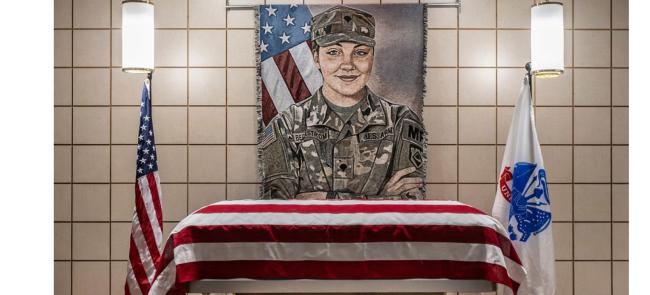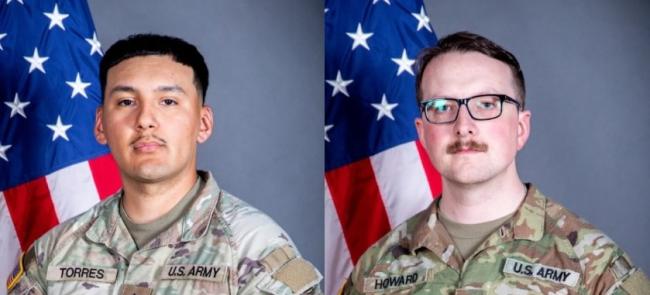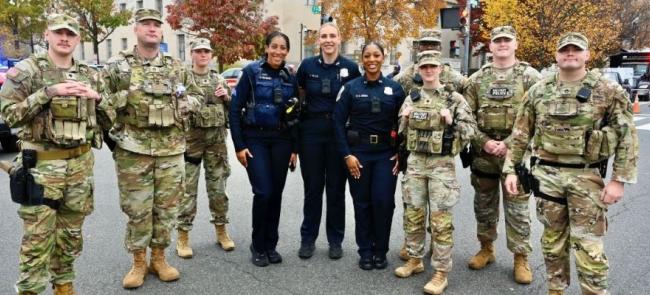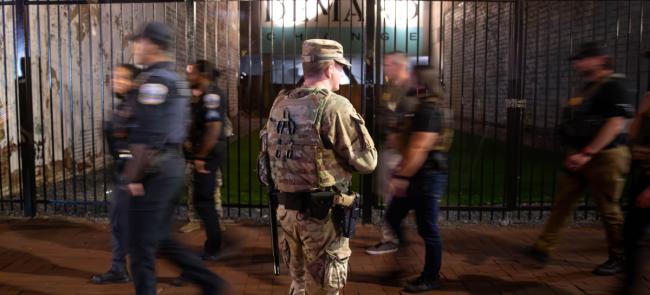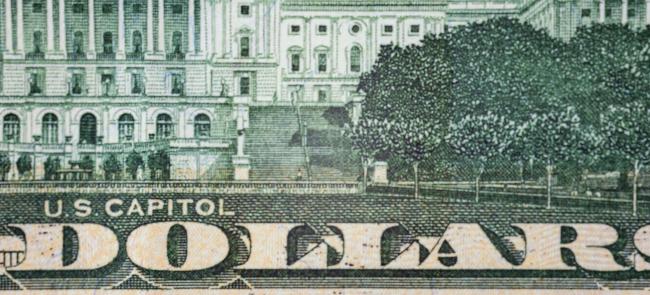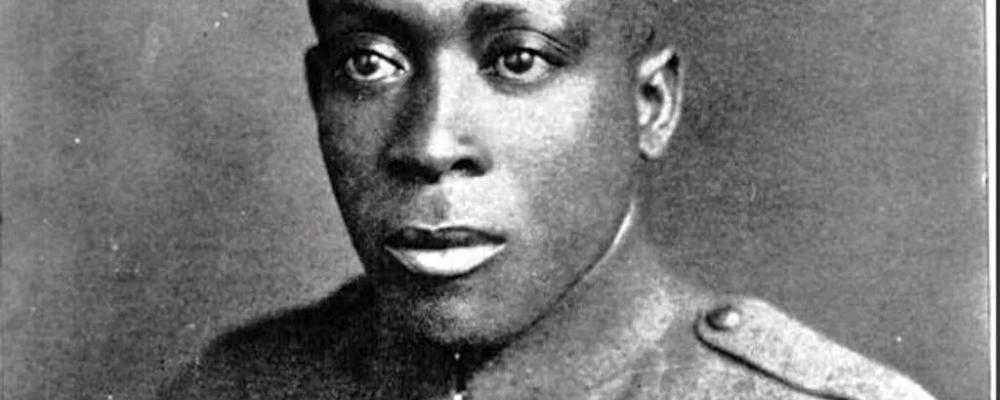
Fort Polk, Louisiana has been renamed for New York National Guardsman Sgt. Henry Johnson, a World War I hero, following a ceremony Tuesday.
The Army installation named after Confederate Gen. Leonidas K. Polk, a New Orleans resident who was killed in combat in 1864, has become Fort Johnson.
The fort houses the Joint Readiness Training Center and the 3rd Brigade Combat Team of the 10th Mountain Division.
Johnson was working as a porter at Union Station in Albany, New York, when he enlisted in the New York Guard’s segregated 15th New York (Colored) Infantry Regiment on June 5, 1917, two months after the U.S. entered World War I.
He became a national hero after fighting off a German raiding party with a knife and saving fellow soldier Needham Roberts from capture on the night of May 15, 1918.
The 15th New York was renamed the 369th Infantry Regiment by the Army, eventually becoming known as the Harlem Hellfighters due to the regiment’s ferocity in combat.
Johnson was awarded the French Croix De Guerre for his actions, making him one of the first Americans recognized by the French military. But Johnson didn't receive any similar recognition from the U.S. military until after his death in 1929.
He was posthumously awarded the Purple Heart in 1996 and the Distinguished Service Cross in 2002. In 2015, Johnson was awarded the Medal of Honor, which was accepted by New York Army Guard Command Sgt. Maj. Louis Wilson on his behalf as he didn't have any descendants.
Fort Polk was one of nine Army forts named after Confederate generals undergoing the renaming process following recommendations from a congressionally-created commission that were approved by the Pentagon.
The New York Guard created the 15th New York in June 1916, as a unit for Black Americans, with its headquarters in New York City’s Harlem neighborhood.
While trained as combat infantrymen, the 15th's members initially served as a logistics unit upon reaching France, unloading ships and moving cargo to the front lines.
But the French Army wanted American troops, and in May 1918, the 15th Infantry was assigned to the French 16th Infantry Division. The 15th's members were issued French helmets, rifles and equipment, but continued wearing American uniforms.
After the war, the Army sent Johnson on a speaking tour that ended when he spoke out about Army discrimination against Black troops.
Johnson suffered 21 wounds during WWI and wasn't capable of resuming his job as a luggage handler after the conflict. He contracted tuberculosis and died from myocarditis in 1929.
He is buried in Arlington National Cemetery, Virginia.
— By Eric Durr, New York National Guard


